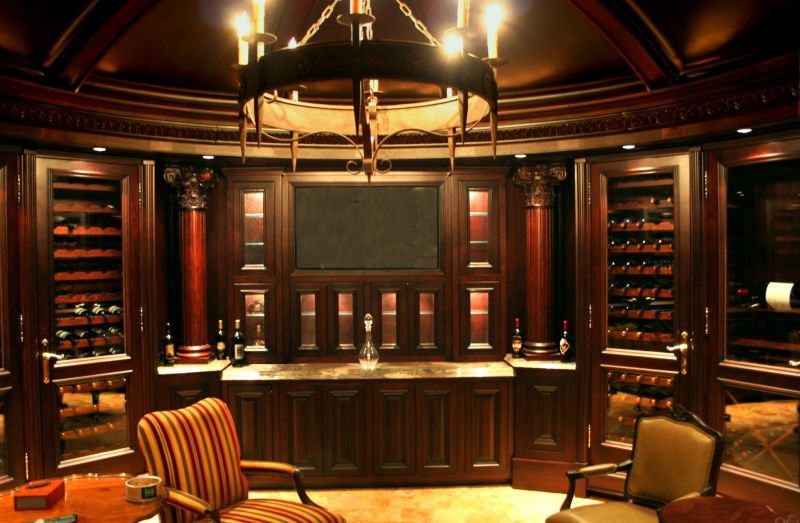Scribing the Back of a Frameless Cabinet
Scribe moulding, a filler strip, or the judicious use of caulk are the top remedies for a gap between the cabinet back and the wall. November 19, 2005
Question
I am installing some frameless wall cabinets that have no ear on the sides to scribe to the wall. The back is flush with sides of cabinet. I am thinking of gluing and clamping a filler strip, and then scribing that to the wall. The seam where the filler meets the back of the cabinet will be somewhat visible, but it seems like the best solution. What are your thoughts on the best way of dealing with this?
Forum Responses
(Cabinet and Millwork Installation Forum)
From contributor A:
Can you paint a stick of scribe moulding? What do you use for crown? Can the scribe be painted when the crown gets painted?
From contributor B:
If the indifference between the cabinet back and wall isn't that great, caulk with the same color as wall. There will be less attention drawn to this area using this method.
From contributor C:
It depends on how far the cabinets are kicked out from the wall. For small gaps, caulking works fine. For larger gaps, you can insert a filler strip into the gap, or attach filler pieces to the cabinet and then scribe to the wall. Also, if the problem is a small section of drywall sticking out, you can cut, chisel, sand, scrape, route, smash, plane, or replace the offending section of drywall till it is flat, and you get the cabinet into caulking distance. Scribe molding can cover a pretty big gap, too. We use all these methods, but some are dustier than others.
From the original questioner:
As contributor C said, it all depends on the gap. I have one end cabinet where the gap is 1/2". I wanted to avoid scribe moulding, but considering that filler will be noticeable too, perhaps a scribe moulding will be the ticket. I'll experiment and see which looks best.
From contributor D:
Applied finished ends would solve all your problems.
